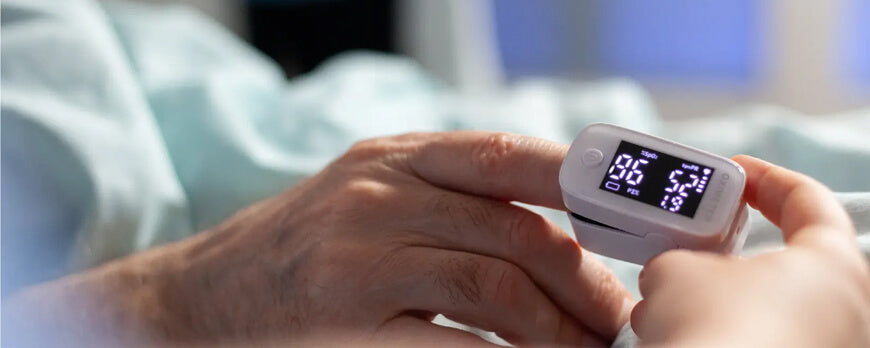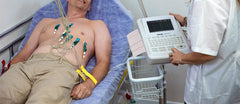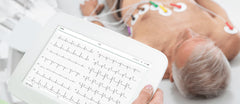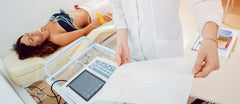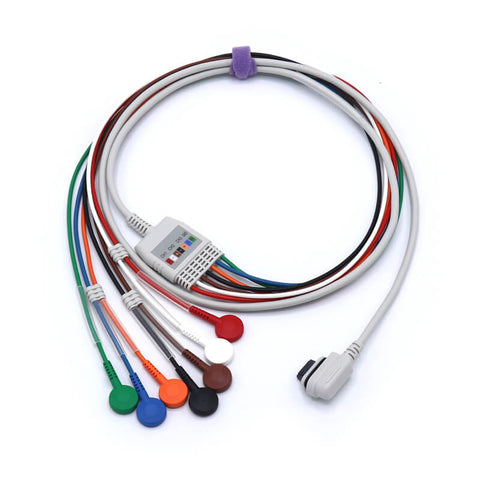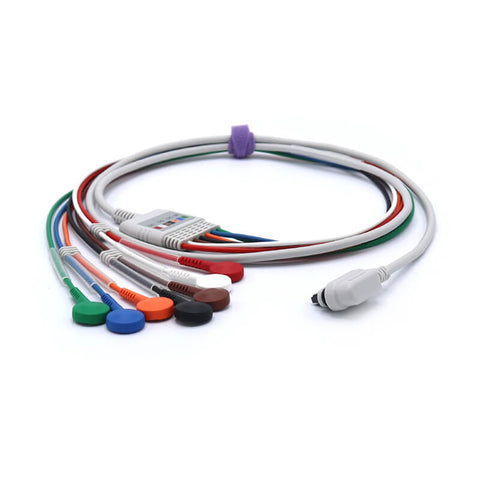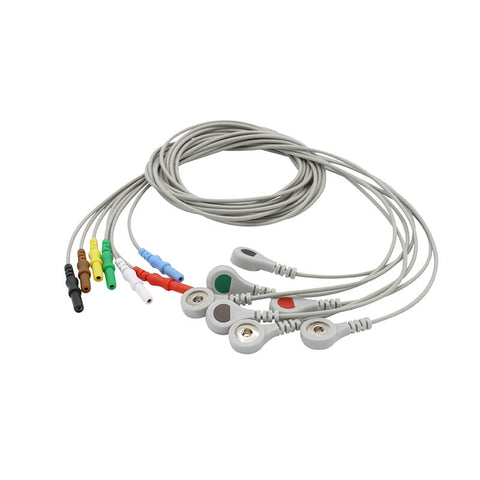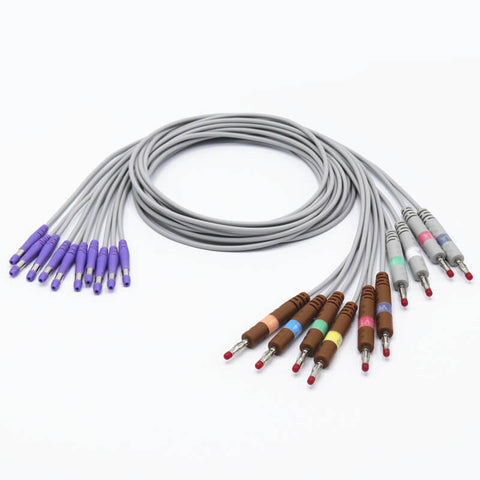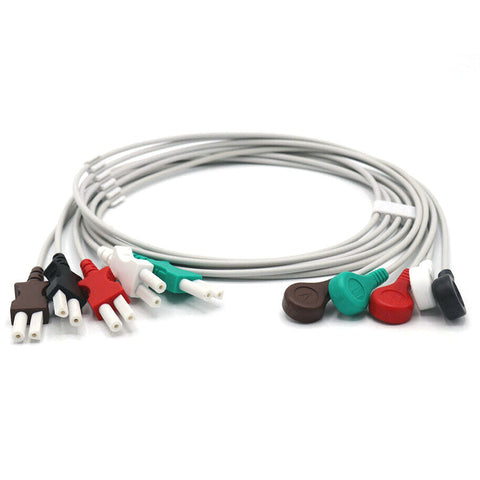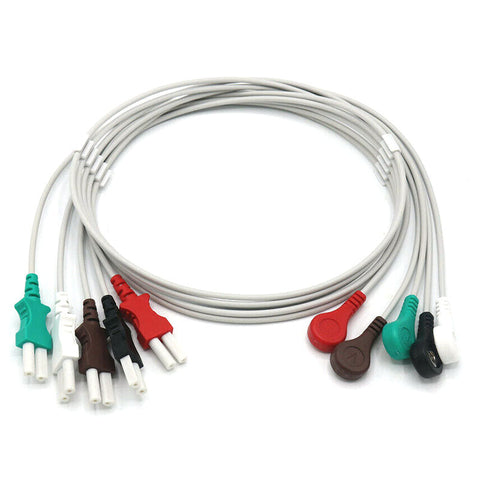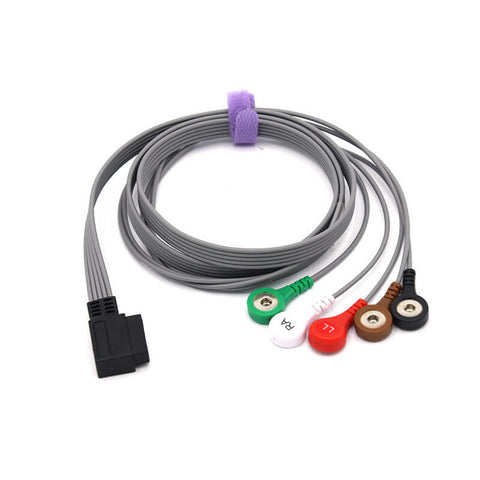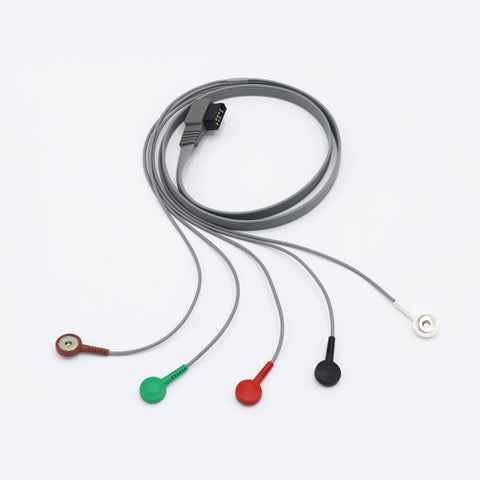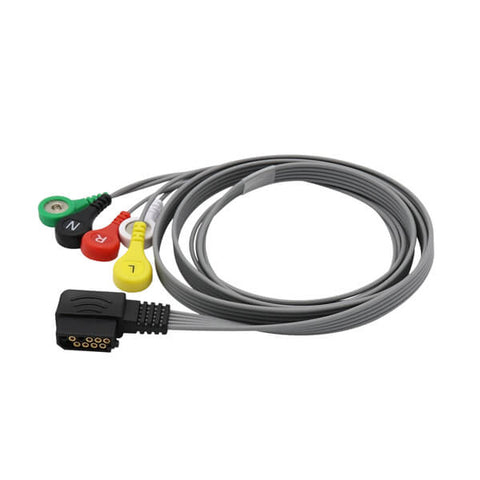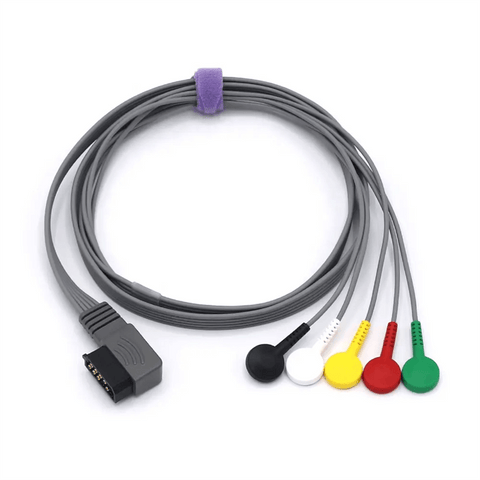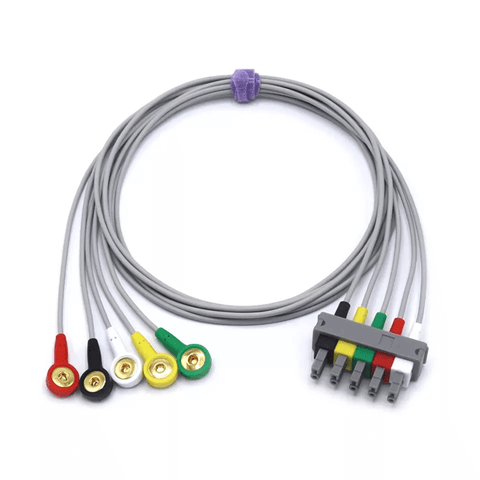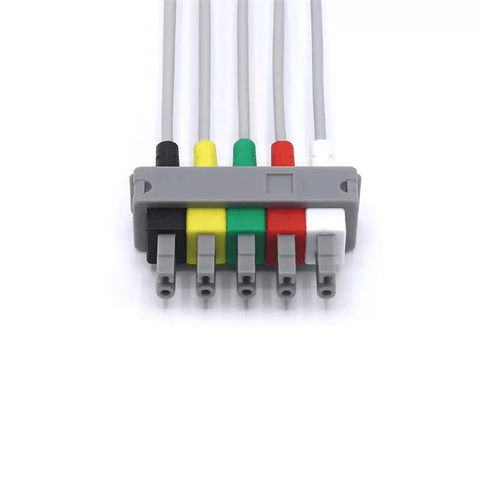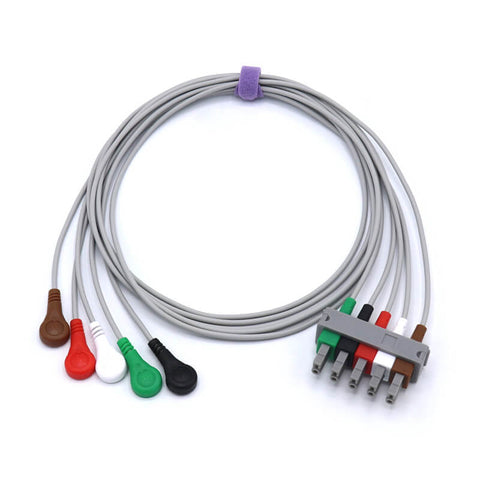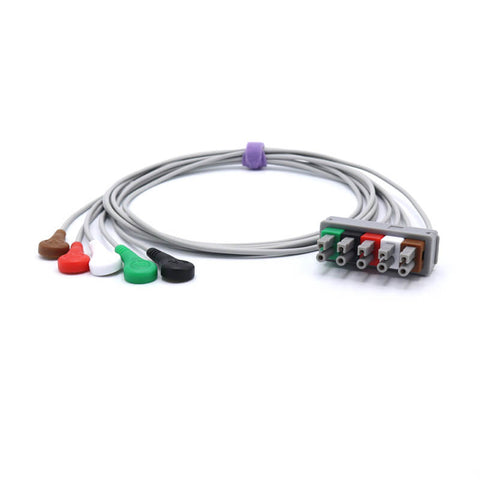Was ist ein normaler SpO2-Wert je nach Alter?
Eine normale Blutsauerstoffsättigung (SpO2) ist ein wichtiger Indikator für eine gesunde Atmung. Für die meisten gesunden Menschen gilt ein Wert von 95 % oder höher als normal. Der „normale“ Bereich kann jedoch je nach Alter, Vorerkrankungen und Umgebung leicht variieren.
Normale SpO2-Bereiche nach Altersgruppe
Obwohl individuelle Basiswerte wichtig sind, gibt es allgemeine Richtlinien. Die folgende Tabelle bietet eine Kurzübersicht über typische SpO2-Bereiche:
| Altersgruppe | Typischer normaler SpO2-Bereich | Wichtige Überlegungen |
|---|---|---|
| Kinder & Erwachsene | 95 % – 100 % | Dies ist der Standardbereich für gesunde Personen von der Kindheit bis zum Erwachsenenalter. |
| Ältere Erwachsene (70+) | Oft ≥94% | Die Lungenkapazität kann mit zunehmendem Alter natürlich abnehmen, wodurch die Werte näher an 95 % üblich und akzeptabel. |
| Personen mit COPD | 88 % – 92 % | Bei Patienten mit einer schweren chronischen Lungenerkrankung wird vom Arzt häufig ein niedrigerer Zielbereich festgelegt. |
⚠️ Wichtig: Dies sind allgemeine Richtlinien. Ihr Arzt wird Ihren persönlichen Zielbereich basierend auf Ihrem allgemeinen Gesundheitszustand festlegen.
Wichtige Faktoren, die Ihren SpO2-Wert beeinflussen
Für eine genaue Interpretation ist es entscheidend zu verstehen, was Ihren Sauerstoffgehalt beeinflusst:
-
Alter: Die Elastizität der Lunge nimmt mit der Zeit ab, weshalb bei älteren Erwachsenen leicht niedrigere Grundwerte üblich sind.
-
Vorerkrankungen: Chronische Atemwegserkrankungen wie COPD, Asthma oder Lungenfibrose verändern den „normalen“ Zustand der betreffenden Person grundlegend.
-
Höhe: In großen Höhen enthält die Luft weniger Sauerstoff. Für Bewohner hochgelegener Gebiete ist es normal, dass die SpO2-Werte um einige Prozentpunkte unter dem Normalwert auf Meereshöhe liegen.
-
Allgemeine Gesundheit und Fitness: Das allgemeine Wohlbefinden und die Fitness einer Person können ihre Sauerstoffeffizienz beeinflussen.
Wann Sie sich Sorgen machen sollten: Anzeichen für Sauerstoffmangel
Sie sollten einen Arzt aufsuchen, wenn Ihr SpO2-Wert dauerhaft unter 95 % liegt oder wenn bei Ihnen selbst bei einem normalen Wert Symptome einer Sauerstoffunterversorgung (Hypoxämie) auftreten.
Achten Sie auf diese Symptome:
-
Kurzatmigkeit oder Atembeschwerden
-
Schneller oder pochender Herzschlag
-
Schmerzen oder Engegefühl in der Brust
-
Eine bläuliche Verfärbung der Lippen, Fingernägel oder der Haut (Zyanose)
-
Verwirrung, Schwindel oder starke Kopfschmerzen
-
Unruhe oder Angst
🚨 Wann ist zu handeln: Ein Wert von 90 % oder weniger gilt als medizinischer Notfall. Sie sollten sofort einen Arzt aufsuchen, insbesondere wenn eines der oben genannten Symptome auftritt.
Genaue Messwerte erhalten: Best Practices
Pulsoximeter sind hervorragende Screening-Tools, haben aber ihre Grenzen. Für ein möglichst zuverlässiges Ergebnis:
-
Sitzen Sie still und ruhen Sie sich 5–10 Minuten aus, bevor Sie die Messung durchführen.
-
Stellen Sie sicher, dass Ihre Hand warm ist, und platzieren Sie die Sonde auf einem sauberen Finger ohne Nagellack.
-
Halten Sie Ihre Hand ruhig und auf Herzhöhe.
-
Bedenken Sie, dass die Messwerte aufgrund von Faktoren wie Hautpigmentierung, schlechter Durchblutung oder Bewegung um 2–4 % ungenauer sein können.
Für eine genauere Messung ist eine arterielle Blutgasanalyse (ABG) erforderlich, die in einem klinischen Umfeld durchgeführt wird.
Häufig gestellte Fragen (FAQ)
F: Sind 94 % ein normaler Sauerstoffgehalt?
A: Für einen jungen, gesunden Menschen können 94 % etwas niedrig sein und eine Überwachung wert sein. Für einen älteren Erwachsenen oder jemanden mit einer bekannten Lungenerkrankung kann der Wert im akzeptablen Normbereich liegen. Konsultieren Sie immer einen Arzt, um Ihre individuelle Situation zu verstehen.
F: Was ist ein gefährlicher SpO2-Wert?
A: Jeder anhaltende Wert von 90 % oder darunter ist gefährlich und gilt als Hypoxämie, die eine dringende medizinische Untersuchung erfordert.
F: Warum hat mein Arzt ein anderes Ziel für meine COPD?
A: Bei Patienten mit schwerer COPD kann ein zu hoher Sauerstoffgehalt manchmal den Atemantrieb unterdrücken. Daher legen Ärzte oft einen individuellen „Normalbereich“ fest (z. B. 88–92 %), um Sicherheit und Wirksamkeit zu gewährleisten.
F: Kann ich eine Smartphone-App zur Messung von SpO2 verwenden?
A: Einige Apps behaupten zwar, dies zu tun, sind jedoch nicht von der FDA zugelassen und für den medizinischen Gebrauch nicht geeignet. Verwenden Sie immer ein zertifiziertes Pulsoximeter.
Haftungsausschluss: Diese Informationen dienen ausschließlich zu Bildungszwecken und ersetzen keinen professionellen medizinischen Rat. Befolgen Sie bei Diagnose und Behandlung stets die Anweisungen Ihres Arztes und zögern Sie niemals, aufgrund von Informationen, die Sie hier gelesen haben, einen Arzt aufzusuchen.

